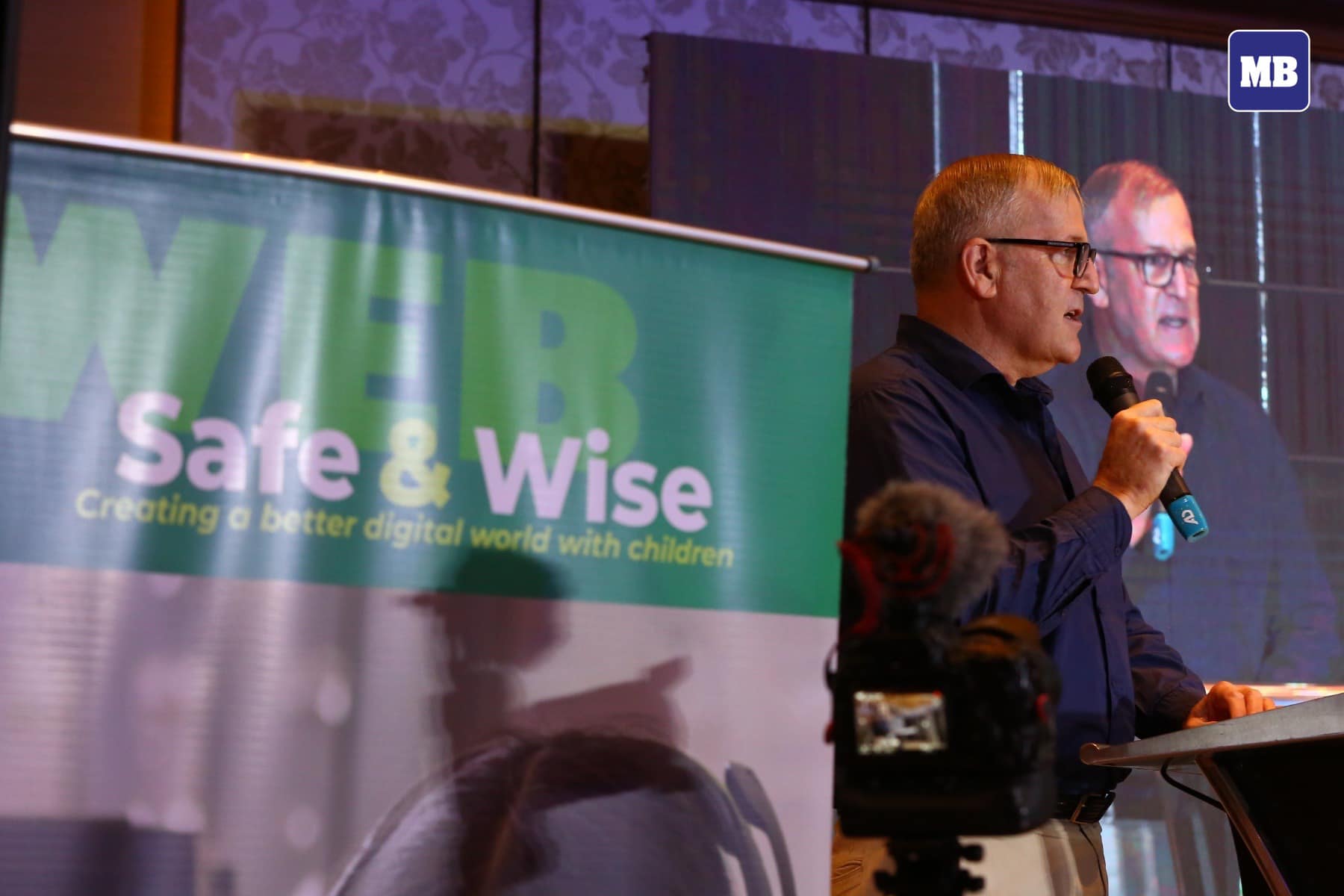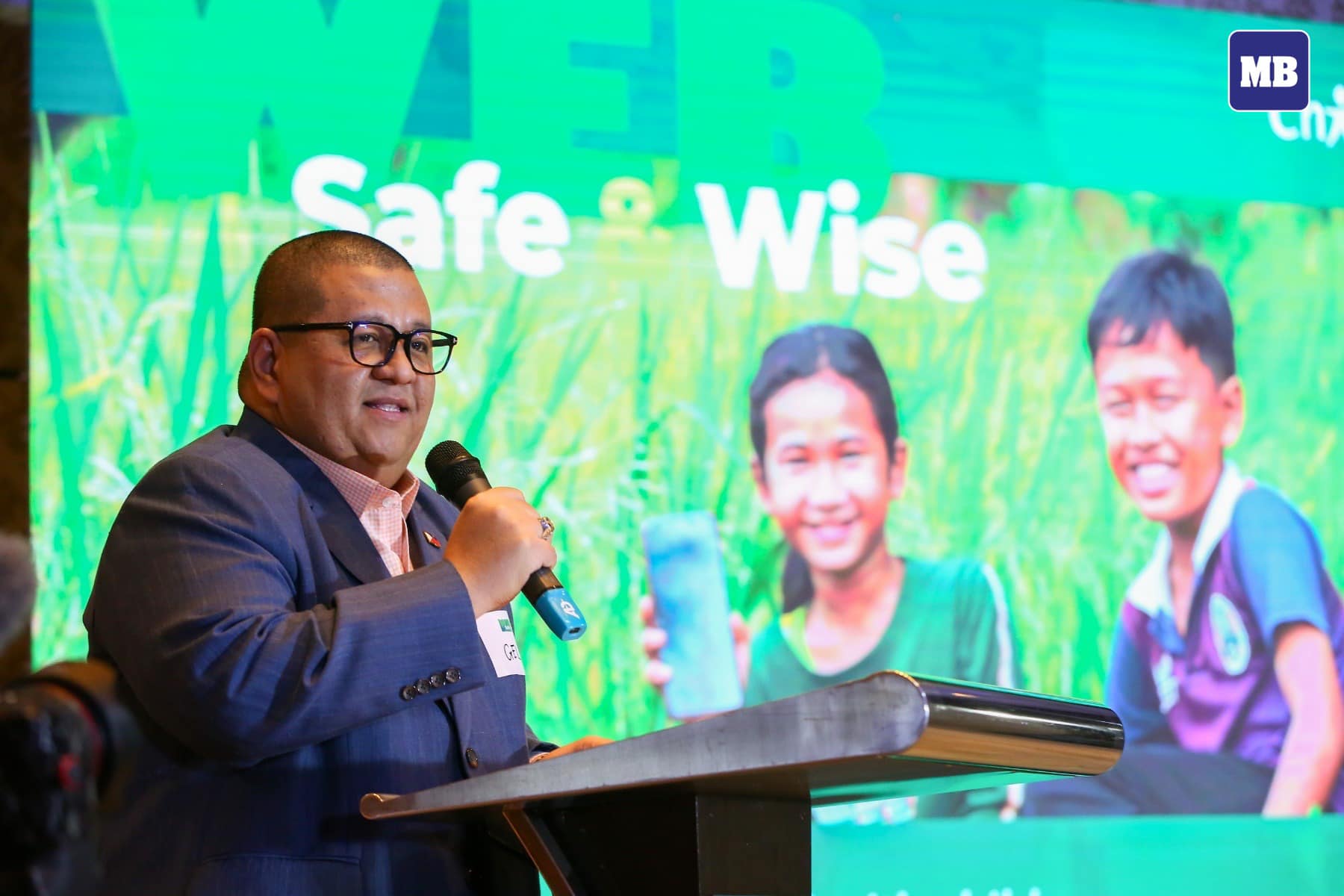PH emerges as hub for child sex abuse material production: Global experts sound the alarm
The Philippines was identified by the United Nations Children's Fund (UNICEF) and the International Justice Mission (IJM) as the “center” for the production of child sex abuse materials, a fact that global experts find "very alarming."

The issue was highlighted during the gathering of the ChildFund WEB Safe & Wise Children's Advisory Council and groups of global experts dedicated to protecting children online on Tuesday, Feb. 6.
Research revealed that an estimated 750,000 individuals are actively seeking to exploit and connect with children online for sexual purposes at any time — this includes platforms such as social media, online gaming sites, and email.
Reports of online child sexual abuse material (CSAM) have seen an increase of 15,000 percent over the past 15 years.
“Nearly half a million Filipino children were trafficked to produce new child sexual exploitation material in 2022,” the findings read.
Disturbingly, the research also found out that the majority of victims in 2023 were between the ages of 3 and 12 years old.
In 2022, the National Center for Missing and Exploited Children (NCMEC) analyzed over 32 million reports of CSAM from around the world and reported an 87 percent increase compared to 2019.

Meanwhile, experts have pointed out that most countries lack laws protecting children's digital safety, leaving them vulnerable to various online abuses.
That is why to address this issue, experts are calling for enhanced criminal justice system responses in the Philippines.
Ryan DeSouza, a Senior Advisor for Advocacy and Policy, has emphasized the crucial need for collaboration to provide children with "solid, evidence-based" solutions that will contribute to the creation of a safer digital world.
"As the digital landscape continues to rapidly evolve, new opportunities for children and young people increase, but so do the threats they face online," DeSouza said.
Even other European nations urged them to intensify their efforts in holding offenders accountable — which ensures that they receive a prison sentence for the harm that they caused. Also, to pay compensation to the survivors to support survivor recovery.
“In countries where safety nets, laws and policies, and corporate oversight are the weakest, the most vulnerable have the greatest need of protection,” it said.
With the rise of online activities for educational, civic, and socialization purposes, children are spending more time on digital platforms. Hence, they emphasized that it is crucial to "equip them with the knowledge and skills to make informed decisions about their online activities and recognize and report harmful content."
In addition, "it is suggested to implement strong community-based efforts when local efforts are needed to prevent, frustrate, and disrupt harm to children online."
Technology partners are also strongly encouraged to co-create standardized industry safety codes to protect young users from inappropriate content across all platforms.
"Let's all work together to ensure online safety for children," he proposed.
Undersecretary Angelo Tapales of the Council for the Welfare for Children (CWC) also took part in suggesting that it is important to provide adults, parents, and officials with the tools they need to promote open communication, keep up with tech-savvy children, and "understand that they cannot be solely responsible for their online safety."

Moreover, "they need to recognize that young people are powerful agents of change who must be involved in all stages of the process — from identifying the problems to implementing solutions to further protect children online," he added.